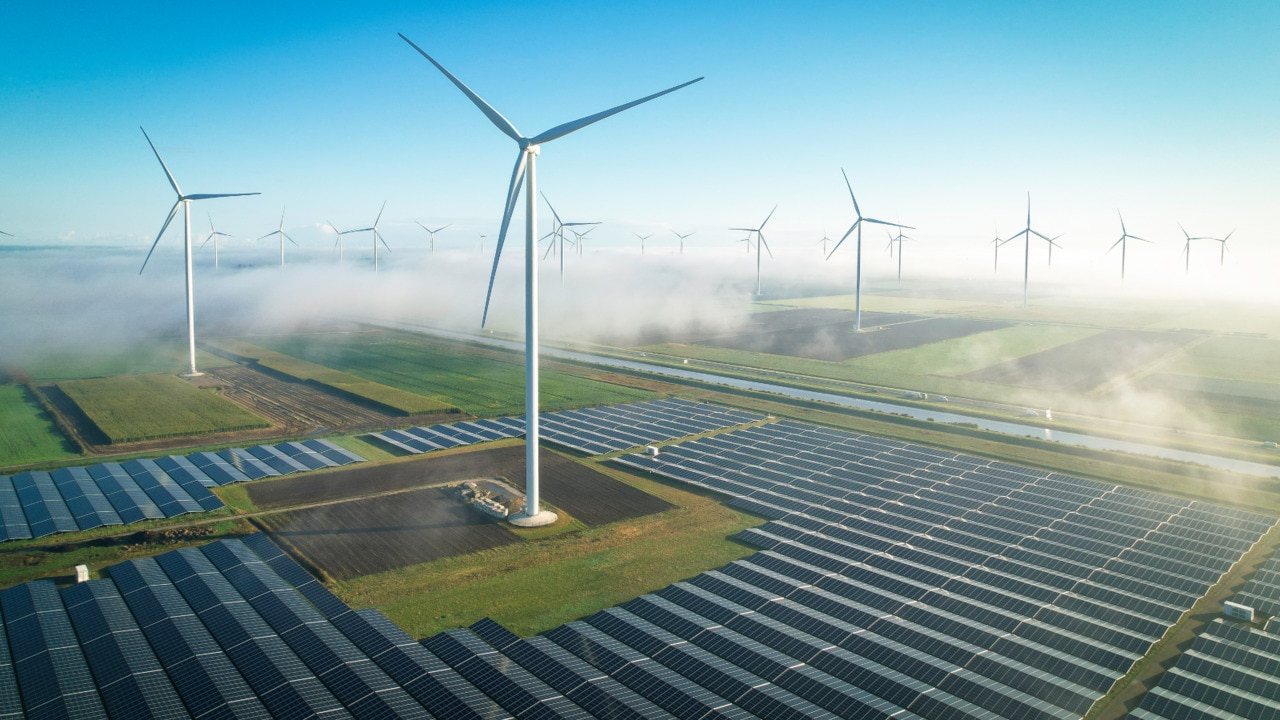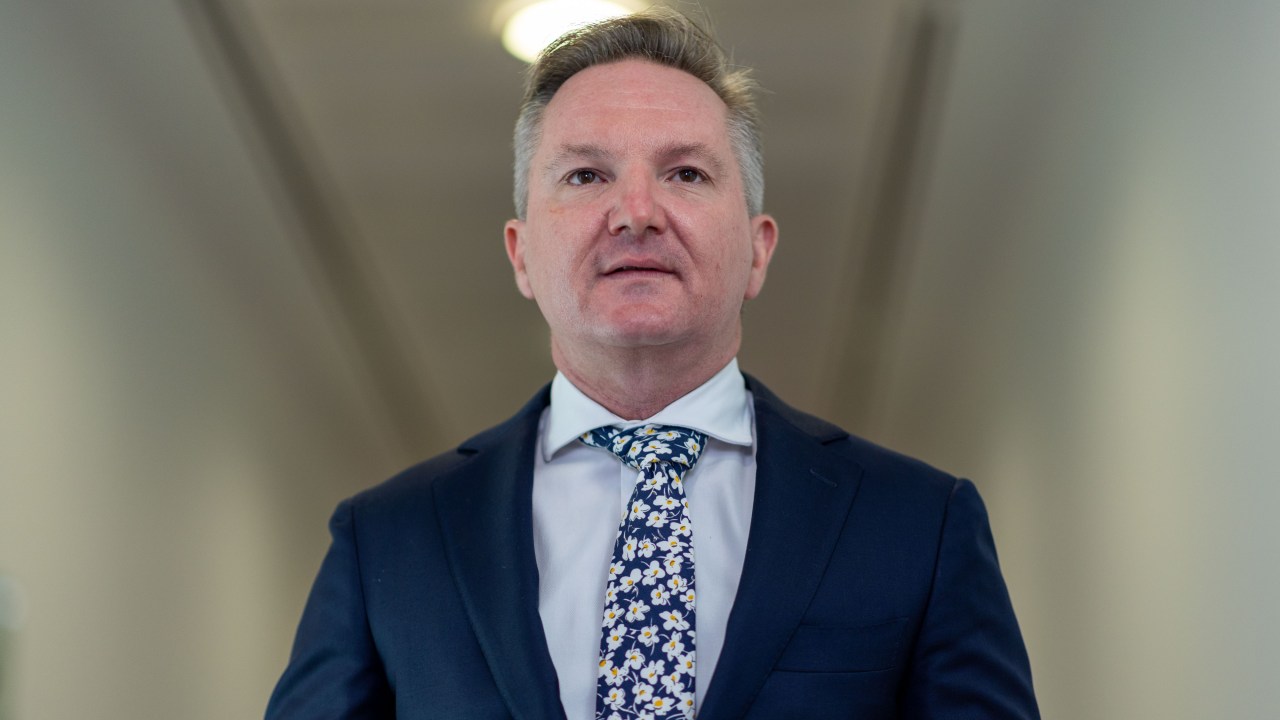Canada is a world leader in nuclear energy, and often held up as a case study for what Australia could achieve if we were to pursue nuclear power.
Our countries have similar systems of government, geography and decarbonisation goals that make Canada a valuable source of insight for what there is to gain, and the potential risks too.
Nuclear power has been operating safely in Canada since the 1960s.
The province of Ontario has three nuclear facilities that generate about 60 per cent of the province’s energy.
Canada uses a model of reactor called the CANDU reactor.
These don’t use enriched uranium, unlike traditional plants, because of the development of heavy water cooling technology.
Innovation Minister François-Philippe Champagne told Sky News Australia the Canadian technology would be ideal to export to Australia, saying: “The world is really looking at three things. It’s around food security, energy security and supply chain resilience.
“And so for us, talking to our Australian friends is key because if you look at the challenges of the 21st century energy production is going to be at the heart of that.”
Ontario does boast some of the cheapest power prices in Canada at 14.1 cents/kWh, according to Energyhub.
But not the cheapest.
The cheapest electricity in Canada is found in Quebec, where it’s priced at 7.8 cents/kWh largely through the province’s high use of hydropower.
Both are enviable prices compared to the average of 25.8 cents/kWh in Alberta or 41.0 cents/kWh in the Northern Territories.
However, Canadian authorities say one of the biggest criticisms from Australian detractors of nuclear – that Canada’s nuclear power relies on subsidies – is incorrect.
Minister for Climate Change and Energy Chris Bowen previously told ABC’s Insiders, “One thing Mr Dutton doesn’t tell you about Ontario is the State Government subsidises energy bills by $6 billion per year – if he’s planning on doing that he better tell us sometime soon.”
There are large subsidies that are paid into nuclear facilities in Canada.
But most of that money is funnelled into the operations at Chalk River, which is predominately a research facility.
Chalk River was established during the Manhattan project that developed the atomic bomb in World War 2.
Head of Advanced Reactors Directorate at the Canadian Nuclear Laboratories, Ali Siddiqui, told Sky News: “When they say there’s $6 billion dollars keeping that technology cheap in Ontario is that true? To my knowledge no, that’s not true. I mean we definitely pay for electricity that’s produced in these reactors. These companies including Ontario Power Generation and Bruce Power have to run those as companies so they get revenue. There’s a regulated market here in Ontario so there is a set price for electricity which is extremely competitive.”
But when it comes to deciding whether nuclear is right for Australia, cost and efficiency aren’t the only considerations.
There’s also the very real issue of what to do with the high level waste.
There’s still no permanent solution.
At the Chalk River Facility, about 190km from Ontario, a ‘Near Surface Disposal Facility’ has been green lit to store nuclear waste.
Containment cells, including a base line and cover are being constructed.
They’re built in with an integrated system to detect leaks.
In its decision to approve the site, the Canadian Nuclear Safety Commission wrote: “The (Near Surface Disposal Facility) Project is not likely to cause significant adverse environmental effects, provided that CNL implements all proposed mitigation and follow-up monitoring measures, including continued engagement with Indigenous Nations and communities and environmental monitoring to verify the predictions of the environmental assessment.”

While scientists say the waste disposal system is safe, they admit it’s not a permanent solution.
The report detailing the decision of the Canadian Nuclear Safety Commission said: “The post-closure period includes an institutional control period of 300 years and a post-institutional control period starting at approximately the year 2400.”
Deputy Vice President of Integrated Waste at Canadian Nuclear Laboratories, Meggan Vickerd, explained to Sky News: “In the nuclear industry we want that life cycle for managing our waste, we want to have that disposal.”
“There’s no other industry where that would be acceptable that your ongoing rolling stewardship or storage of that waste leaving it for the next generation. So we’re highly invested in ensuring there is a final disposal solution. We know technologically what that solution is, it’s just getting that trust with the community and the indigenous communities.”
The reality is still that despite all the assurances, most people don’t want to live near nuclear waste.
Ole Hendrickson from a group called the ‘Concerned Citizens of Renfrew County’ told Sky News Australia, “There are over 100 municipalities down stream that are opposed to it. And 10 out of 11 First Nations are opposed to it. And that’s just intermediate and low level waste – we’re still struggling to deal with our spent old rods.”
Canada’s nuclear power industry benefitted from a massive initial investment in the midst of World War Two, where the need to drastically improve technology in the face of existential threats from our adversaries was prioritised.
Whether Peter Dutton can convince the critics of the same for Australia now, remains to be seen.
But at the end of the day, the lights are on for less in Ontario.

